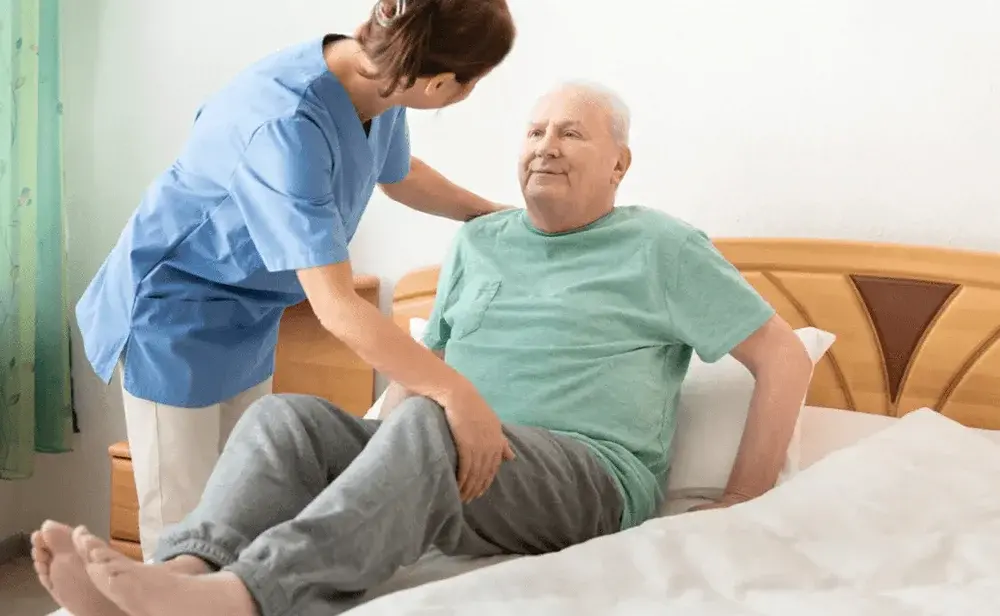
Home Modifications To Remain At Home For Caregiving
- Lavine LTC Benefits
Categories: Home Caregiving Services
If you decide to stay at home for your caregiving because of frailty, accident, or illness, these are modifications that will be helpful to remain at home so that you do not need to transition to a care center unless it becomes necessary.
Home modifications done incrementally are not expensive; if done over time, they will not cause anxiety.
Bathroom
- Install grab bars or safety rails for support when getting in/out of tub/shower.
- Apply non-slip strips on the bathtub and shower floors for safety.
- Bathmats and rugs which have nonskid adhesives.
- You can install an adjustable-height shower seat instead of standing, if necessary.
- You can install an adjustable height or handheld shower head for convenience.
- Set the water heater’s temperature to 120 degrees so there will not be scalding.
- You can go ahead and install a raised toilet seat or grab bar to get up and down. Toilet paper should be easy to reach.
- Please don’t have a locked bathroom door to allow quick access in an emergency.
- Bedroom
- Make sure there is a clear path to the bedroom and arrange furniture to make it convenient.
- Electrical cords should not be in places where a person may get tangled or trip on cords.
- Install smoke detectors are essential on each level of your home.
- Keep a phone with a cord within easy reach of the bed, or have a Cell Phone. Cordless phones do not work if there is no electricity.
- Emergency numbers near the phone; include current medications, prescribed dates, pharmacy phone numbers, and doctor’s names.
- Have illuminated lighting to see when going to the bathroom.
- If you feel unstable at night or fear falling, carry a cordless phone or cell phone.
- If you have a low bed makes, it may make it difficult when you get up. If possible, raise the bed or purchase a mattress to get in and out.
Kitchen
- Do not wear clothing that may be a hazard in the kitchen.
- When cooking or baking, use a timer to notify you that something is cooking.
- Consider a long-handled dustpan/broom combination or a cordless vacuum cleaner to reduce bending.
- Use a rubber mat in front of the sink.
- If you have difficulty reading stove and oven knobs, investigate large-sized controls through vision support organizations.
- You can install cupboard door handles that are easy to grasp, such as D-type handles.
- Store frequently used items in easy-to-reach cabinets and on countertops.
- Increase kitchen lighting over tasks such as countertops, stove, and sink.
- Have a seated workspace available.
- Have a safe place to rest hot food immediately as you remove it from the stove, oven, or microwave.
- Increase lighting at entryways and throughout the home.
- Turn on rooms or hallways that you walk through after dark. (LED bulbs and motion sensors at doorways are economical lighting solutions.)
- Change doors from round to lever-type door handles to make it easier to open and close doors.
- Install no-trip thresholds at doorways.
- Install handles and locks on all windows that are easy to grip at the proper height.
- Install sturdy railings with handrails on both sides of all stairs if needed.
- If vision problems are a concern, create visual contrast on stair risers with paint or tape.
- Install thermostats that are easy to see with controls (thermostats, air-conditioning units.)
Owning a personal long-term care plan will help pay for certain home modifications. This is why having the conversation with Raymond will be of value to you, your money, and your family.
